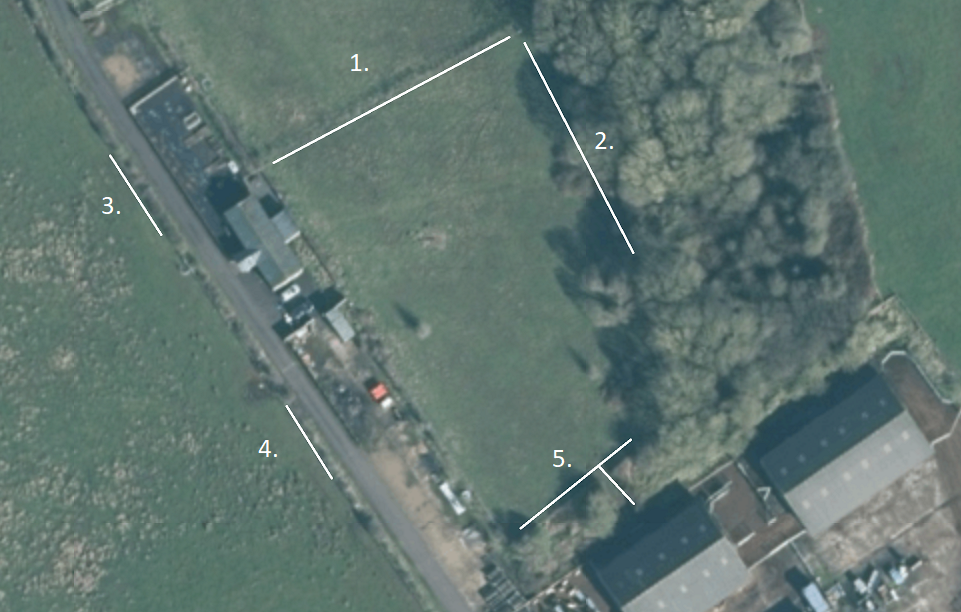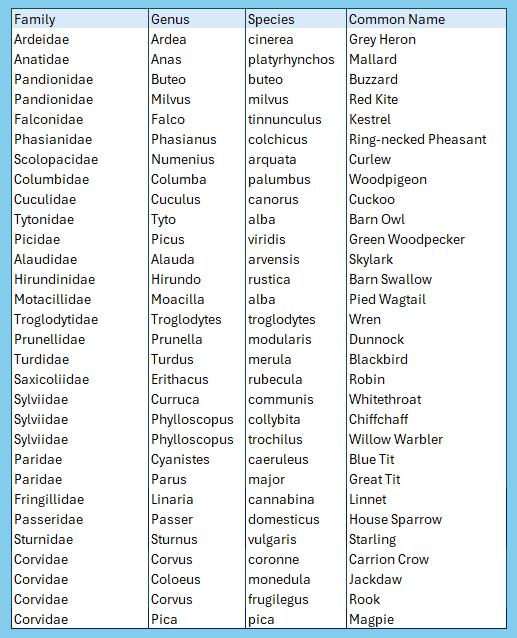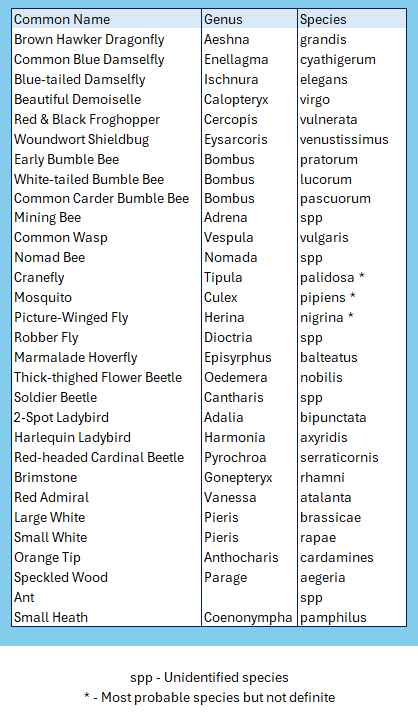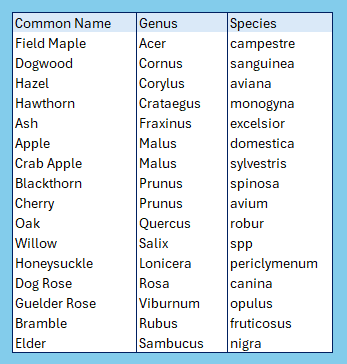Rosie organised a bio-blitz day for a small group of local volunteers. I volunteered to carry out a bird ringing session on the day. Also, I arranged with Rosie that we would set up my moth trap on Saturday evening, so that it was ready for analysis when the volunteers arrived on Sunday morning. At the previous bio-blitz we ran the trap for a few hours in the evening, after the volunteers had spent the rest of the day carrying out their other surveys. It meant that we only had one of the volunteers stay on for the moths. They missed out on a lot of good stuff. This time was better for them.
Also on Saturday evening, Rosie and I both turned up with brush cutters and spent some time clearing a couple of net rides. The hope was that we would catch a couple of Linnets. Unfortunately, without denigrating their skills, I only had Laura and Adam, besides Rosie, to help with the bird ringing. We met and set the nets at 5:30. Rosie was going to be busy with the volunteers from 8:00 and, although both are doing well, Laura and Adam are both still relatively inexperienced, so I didn’t set many nets. The rest of family Childs joined us at a more civilised time, but Daniel is the least experienced with handling birds, and Mark does not partake, but is extremely helpful with the packing away at the end of the session. Doubly unfortunately from a ringing perspective, the nets that we did set didn’t produce a particularly stunning haul.


The odd arrangement along ride 1 was to accommodate the varying heights of the hedge line: tall nearest the building, lowest in the middle, medium height furthest from the building.
We started setting the nets to the sound of a Curlew displaying over the plateau. It was a sound we heard regularly until it was drowned out by cuckoos: more of which later. Firstly: the ringing catch: Blue Tit 1; Great Tit 2; Wren 2; Dunnock 1(1); Robin 2; Chiffchaff 2(1); Willow Warbler 1; House Sparrow 1. Totals: 12 birds ringed from 8 species and 2 birds retrapped from 2 species, making 14 birds processed from 8 species.
As I said, not the greatest haul in the nets, but it would be wrong to say that we didn’t have a good morning. I will come on to the moths in a short while, but the birding was excellent. In my vain attempt to catch and ring a Cuckoo, missing from my life list so far, and second on that list (behind Lesser Spotted Woodpecker, and just ahead of Hawfinch) is this iconic bird. I set up my lure of the female’s bubbling call, and my special Cuckoo trap, and we waited. Immediately the lure went on we had an answer: a female responding to a potential rival, we then had a male. Over the course of the morning Cuckoos were in attendance at all times. Flying overhead we had two males arguing with each other, we had male and female together on multiple occasions, and individuals flying around as well. As a minimum, I can say there were at least two males and two females, but I am pretty certain there were at least three females.
We had Linnet flying along the hedgerows, but managing to miss the nets set for them. The only lure I use at this time of year is for Cuckoo: we aren’t disturbing them on the nest or diverting the parents from the task of feeding their young, so one is simply relying on the other birds flying into the nets, not being attracted to them. There were a few Swallows flying around overhead: not large numbers, plus the odd Pied Wagtail. Buzzard and Red Kite were seen flying over and a Kestrel was hunting the field in front of the building, where we had net rides 3 and 4. I say hunting, I mean trying to hunt whilst being mobbed by an irritating (for the Kestrel) Corvid. The total list of bird species observed was:

The other lists gathered by the volunteers and ourselves are:
Other Vertebrates:

Macro Moths:

The Marbled Minor and Rufous Minor are aggregated for data record entry as absolute distinction requires dissection, which is not something we are prepared to do. I was delighted to be able to add two species to my life list: the Tawny Pinion and this stunning Orange Footman:

Orange Footman, Eilema sororcula
Hawkmoths are usually popular with most people, especially the more colourful specimens (moths that is, not necessarily people):

Lime Hawkmoth, Mimas tiliae
We did have a smallish catch of micro-moths and managed to identify a few:


Cnephasia communana: one of the Grey Tortrix variants. This is identifiable not just by its markings, but also by the fact that it is the earliest flying of the variants.
Other Insects:

Other Invertebrates:

Trees and Shrubs:

Flowering Plants and Herbs:


As you can probably guess: it rained all day today and I had a lot of time on my hands!